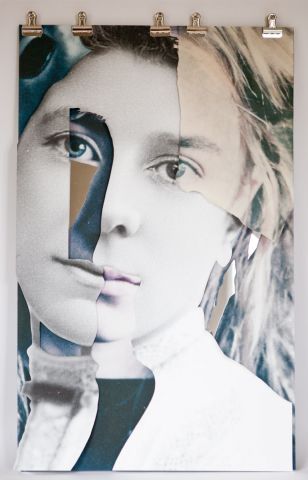I’m part-way through an interesting book by Marc Augé; (Non-Places: An Introduction to Supermodernity) and I’d like to consider how some of his ideas play out in relation to my work.
In surveying the train journey from Marden to London, from the perspective of Augé I’m operating as a direct witness to the journey, observing and informing on the results. But Augé might say that the information I offer is less an accurate report or account of what took place and more something coloured by my own perceptions, thoughts, feelings and experiences about the journey or perhaps about a trip from my past.
After talking to Nicola Saunderson, I’m taking a step back to re-inject a higher level of fact into my project by surveying the entire journey using film. Hopefully, this will strengthen things and the possibilities will increase as I have no pre-conceptions as to where this will lead in terms of making art work.
Source: Marc Augé, Non-Places: An Introduction to Supermodernity, trans. John Howe, (London: Verso. 2008 [Non-Lieux, Introduction a une anthropologie de la surmodernite, 1992]), pp.8:9


